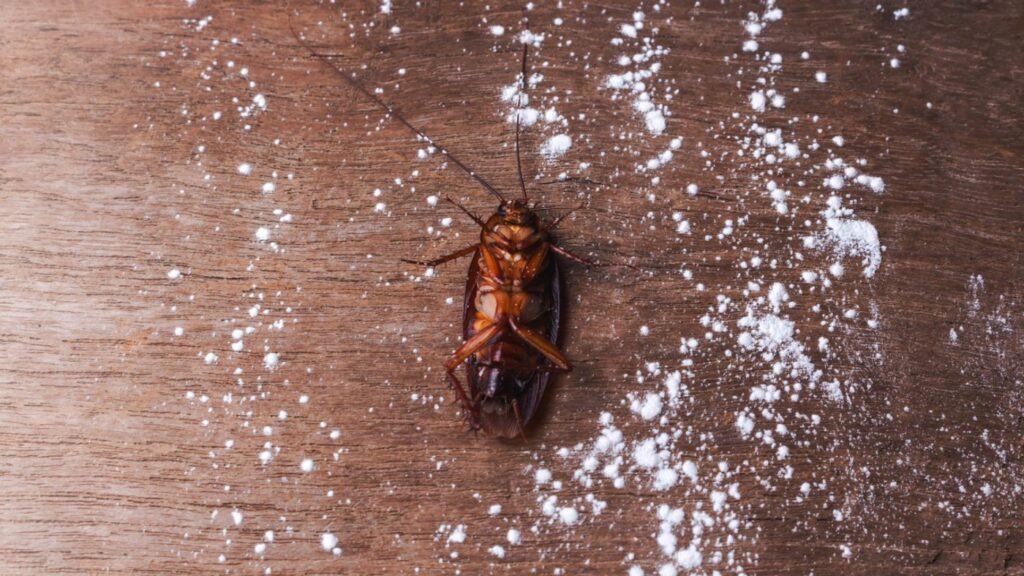Cockroaches are not only nuisance guests in our homes but also one of nature’s most resilient creatures. Scientists have long been investigating why these creatures are so hard to kill, and the findings are truly surprising. As a result of research, we know that cockroaches are resistant to 43 different chemicals. This resistance is made possible by their biological and chemical adaptations.
The American Cockroach and its Physical Structure
The endurance of the cockroach can also be seen in its physical structure. For example, the American cockroach can detect even very light breezes and transmit this information very quickly to its nervous system. They are among the fastest invertebrates on record and can travel up to 50 body lengths per second. This is equivalent to a person running at 300 kilometers per hour.
Body Structure and Dietary Habits
Physically superior cockroaches are also incredibly resistant to impacts. When they are hit, they can withstand 900 times their weight in pressure by distributing the impact evenly throughout their bodies. They can also eat various organic matter such as hair, dead skin, glue and paper. This indicates that they have a large and strong digestive system.
Cockroach Immune System
The health status of cockroaches is also noteworthy. They have a natural immunity to various pathogens and this immunity is supported by the replication of genes in their genetic makeup. When infected, their bodies release many antimicrobial molecules.
Ineffectiveness of Insecticides Against Cockroaches
Finally, many insecticides used to kill cockroaches are ineffective against these creatures. They produce detoxification enzymes that allow them to eliminate poisons from their bodies as harmless waste. Therefore, exterminating cockroaches can be much more difficult than we think.
Sources: TED-Ed, Insider Science
